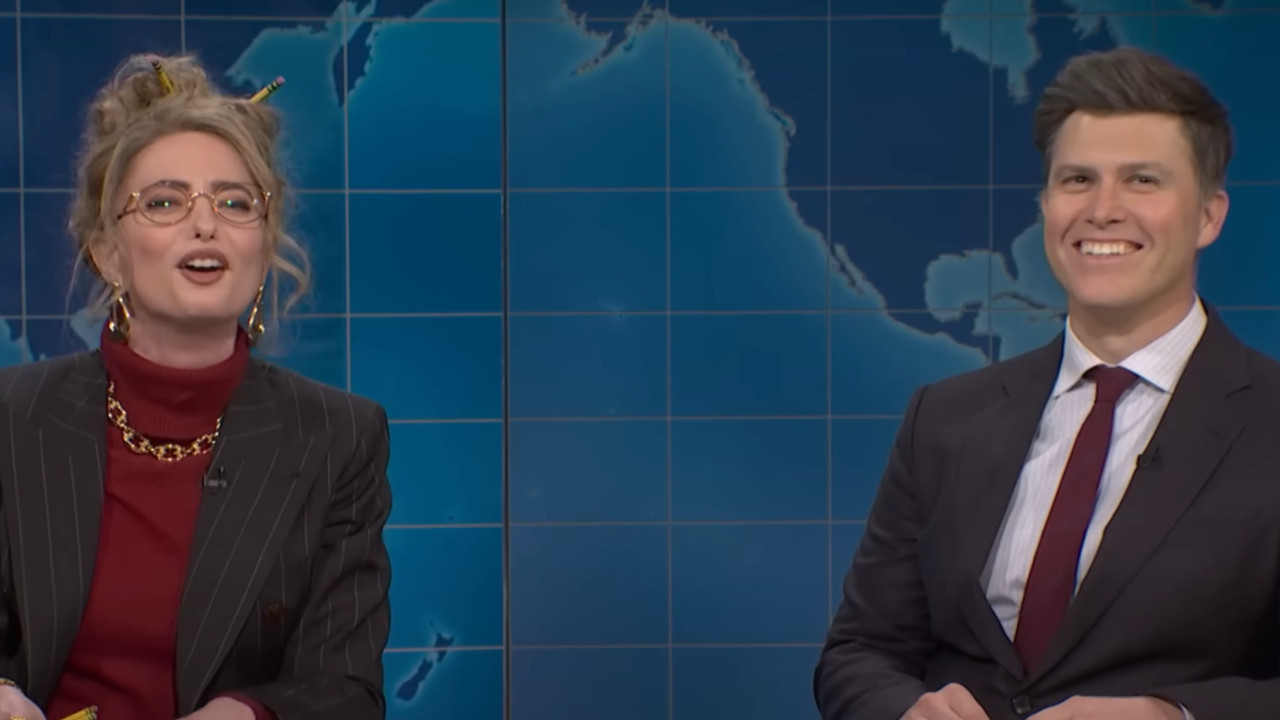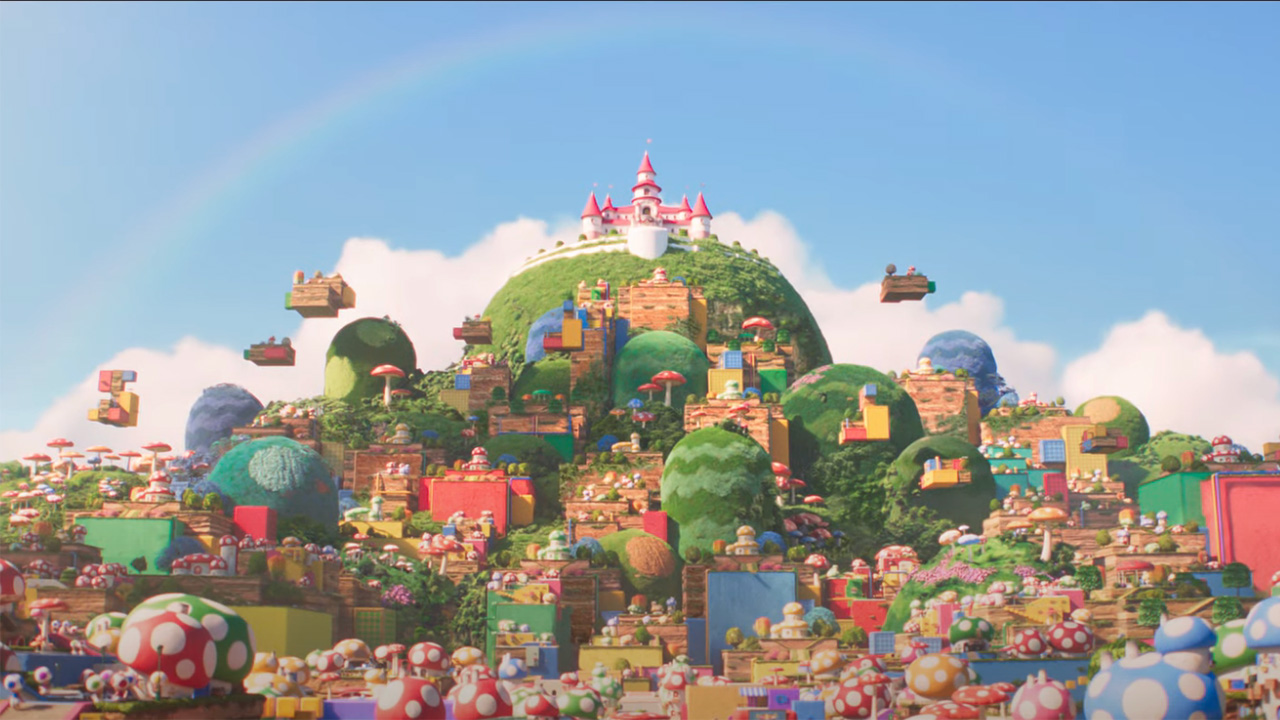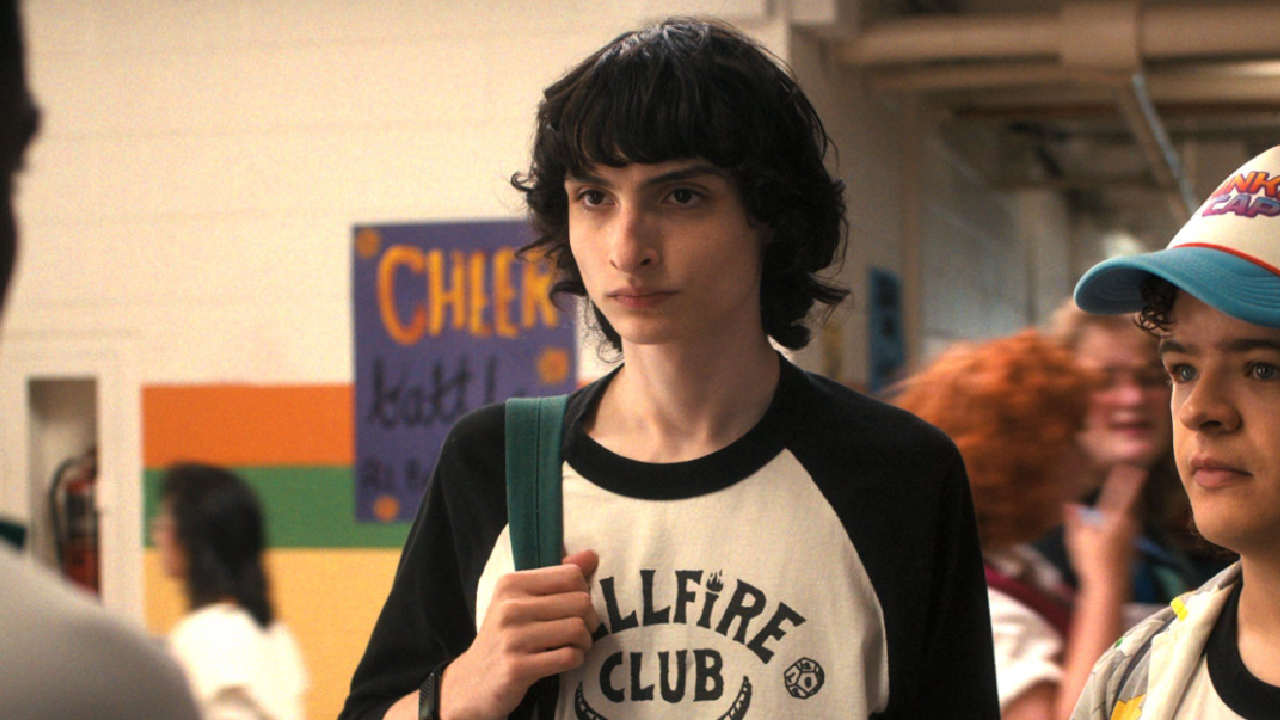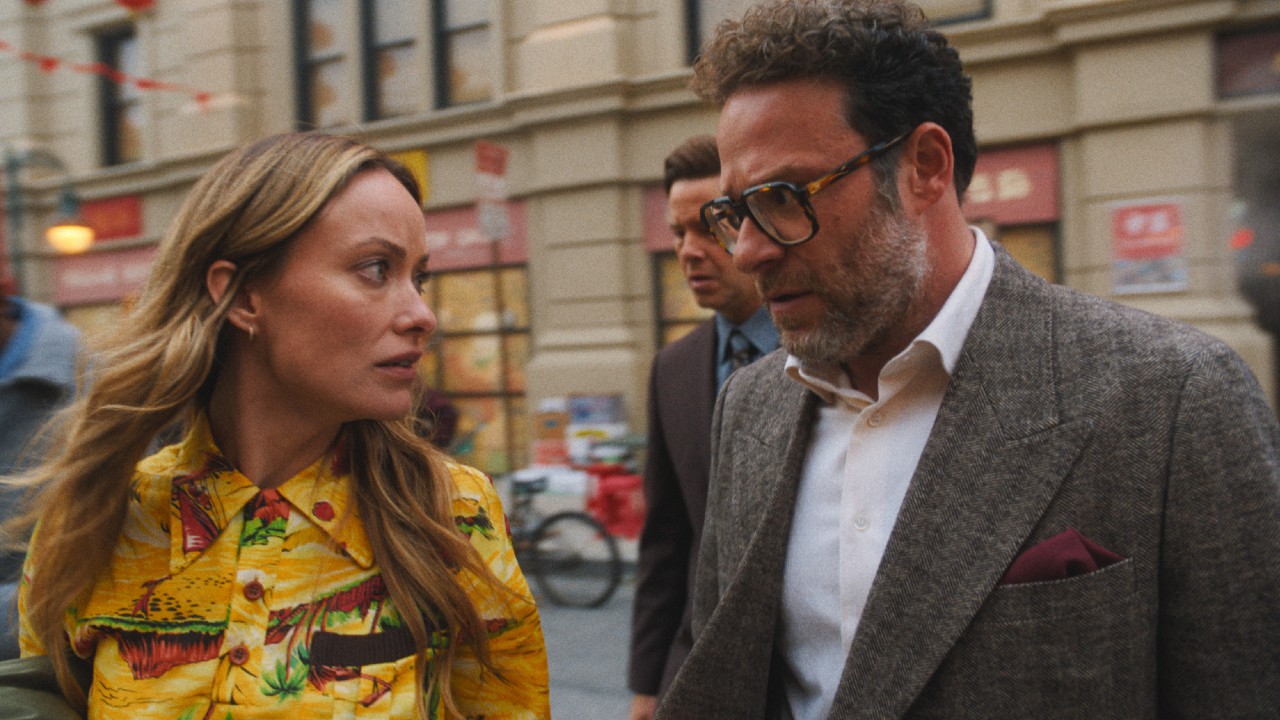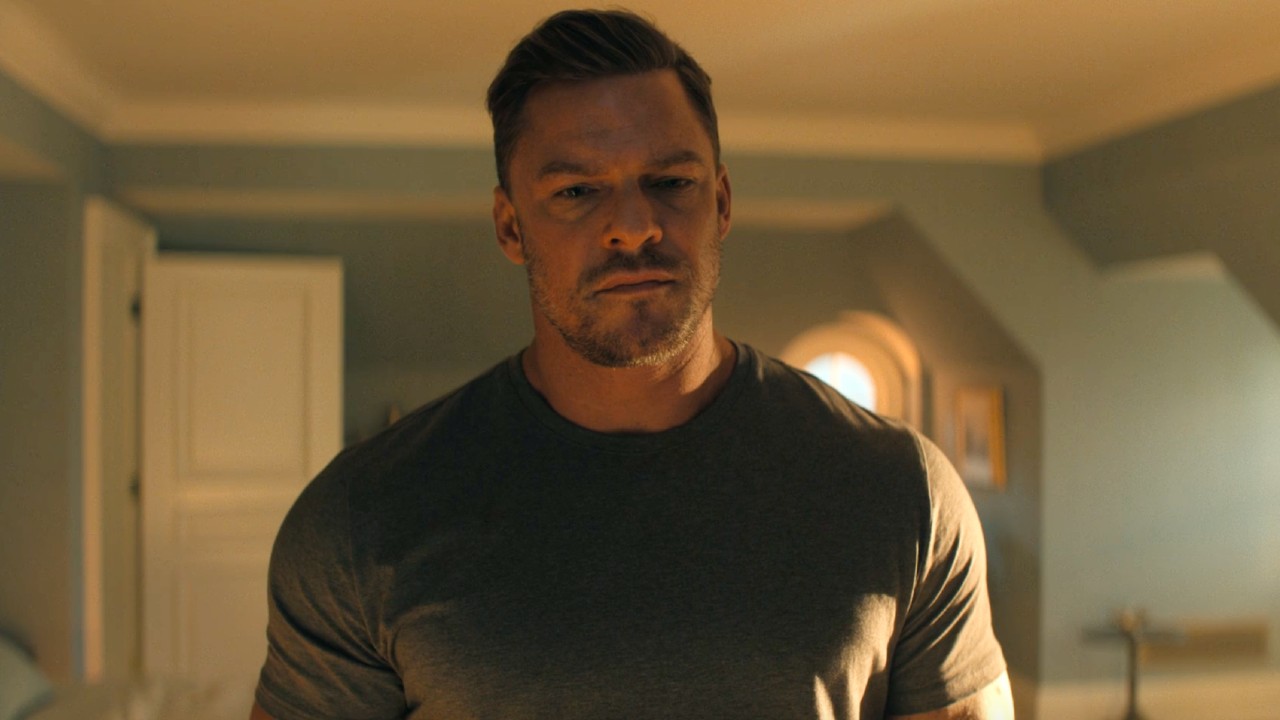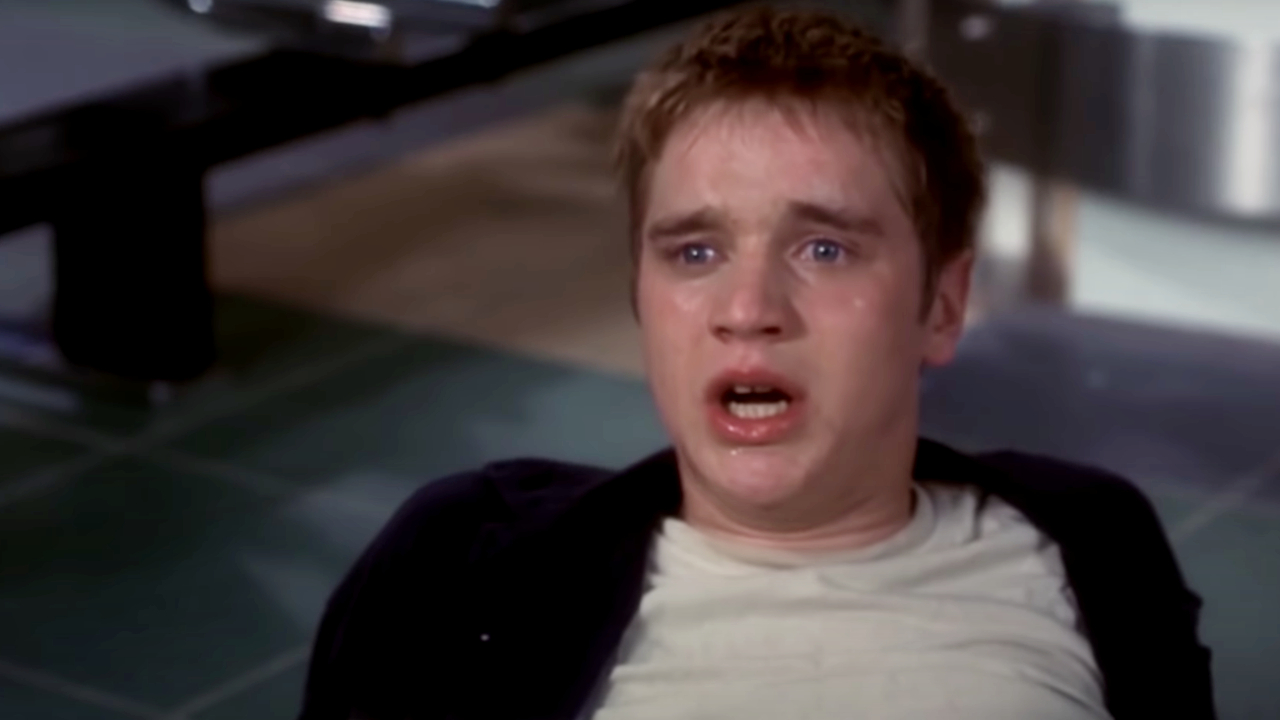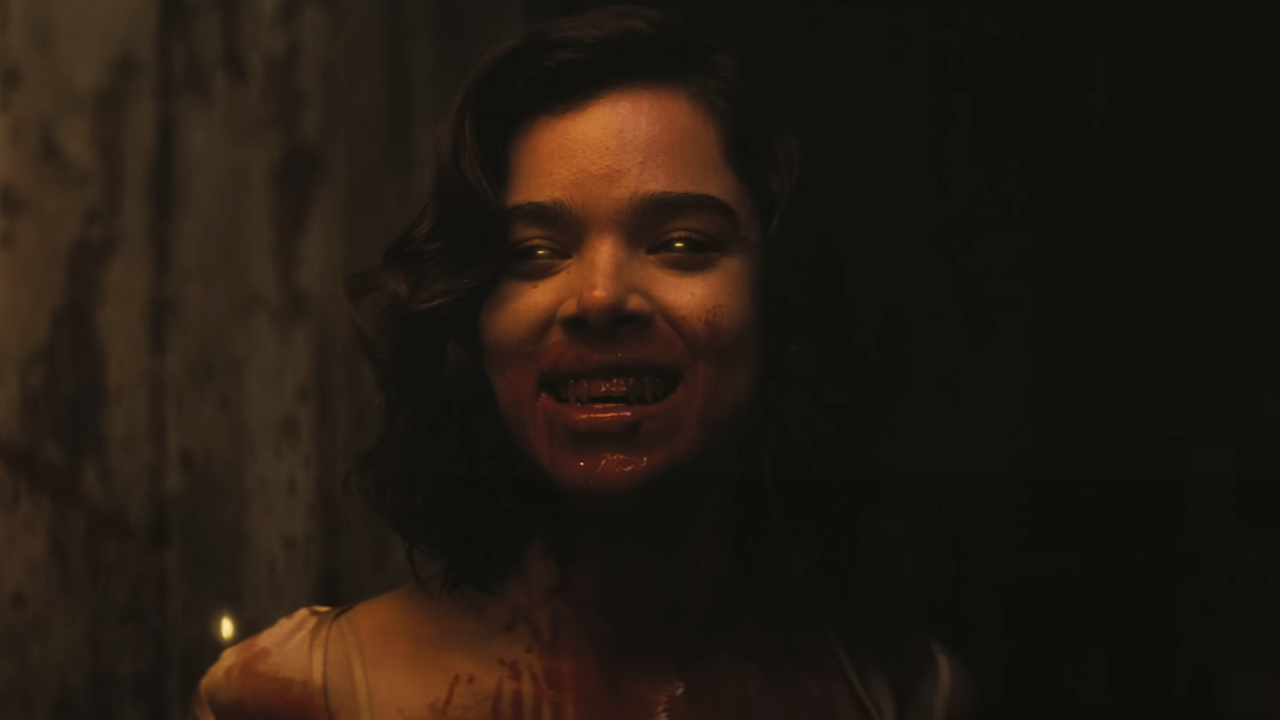Why 1917 Director Sam Mendes Broke The One Shot Format For That Scene
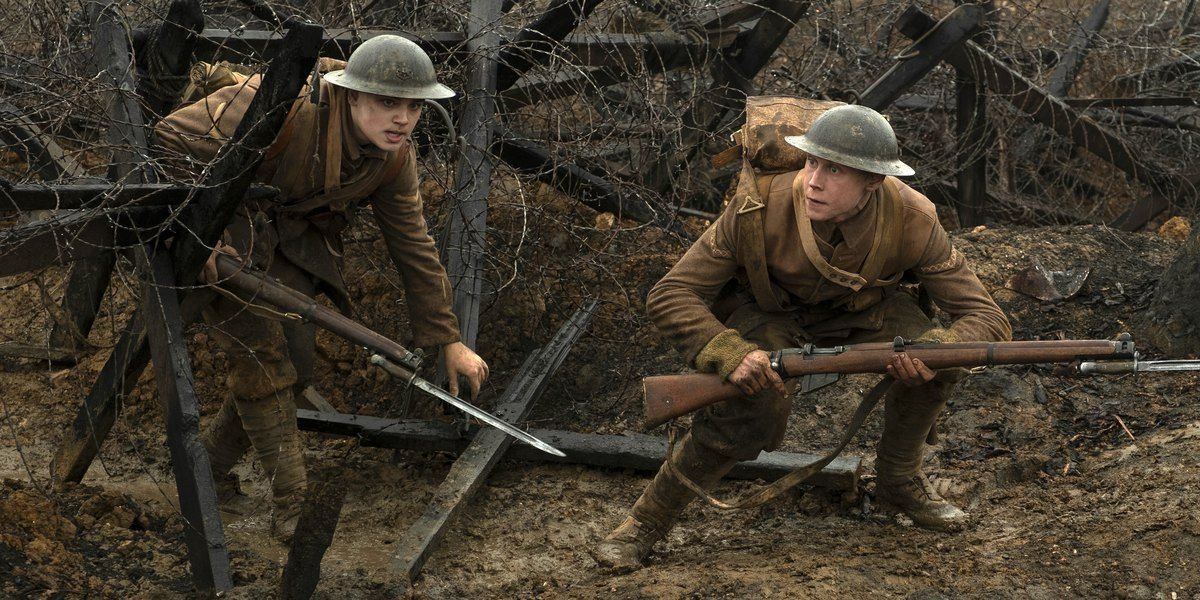
The following contains spoilers for 1917.
1917 is having a great run so far. It had some big wins at the Golden Globes ahead of opening in first place at the domestic box office during its first week of wide release. Now, it's got a collection of Oscar nominations in major categories and a serious shot at winning most of them. It's a film that has a lot of people talking, but the biggest thing that's being talked about is the way the movie has been filmed.
It's fairly common knowledge that 1917 has been filmed and edited in such a way as to make the movie feel like it's all done in "one shot," with no obvious cuts. The camera simply follows the characters through their story never leaving their side and never drifting too far away. However, if you've seen 1917, then you know that's not quite true, the movie isn't one shot, but it's actually two.
About two thirds of the way through the movie one of the characters is knocked unconscious, and the screen fades to black, when the image returns, time has passed, and we have shifted from day to night. CinemaBlend's own Reelblend podcast spoke to 1917 director Sam Mendes, and asked him why he made the decision to have this single transition in the movie. He revealed that he wanted to the story to make a significant shift in time, because doing so would change the tone of the movie. According to Mendes...
Well, it was to do with time actually. It was to do with the fact that I wanted the movie to go from afternoon to dusk, and then from night into dawn. I wanted it to be in two movements. I wanted to take a movie, the movie tonally somewhere very unexpected. And I thought it was impossible if I stayed in the same naturalistic world that the first two thirds of the movie occupies. I wanted to take it somewhere more like a hallucination. Somewhere more surreal, almost dream-like. And horrifying too.
The shift certainly works. When Lance Corporal Schofield wakes up after taking a crack to the head, he's disoriented, and the overcast sky from earlier is now black. It certainly feels like he's awoken in another world. We see enemu soldiers who are little more than shadows, meet new characters we would never expect to see, which only enhances the dream-like quality that Mendes was trying to create.
Everything that happens in 1917 feels very real, for lack of a better word. We follow a pair of soldiers on a journey through no man's land, into a trench, and across a field. Nothing feels fantastic or larger than life. Mendes wanted to see this transition into something else, and for that, he needed to make the one obvious transition in the film itself.
It’s the moment where the movie shifts from naturalism to something more mythic, I hope. And goes into something that feels like a descent into hell. And if you look at it in these terms he descends to hell, and drags himself across his back across the river Styx, and drags himself back up to the land of the living again when he meets the soldiers in the woods. So there is a level you’re trying to make the thing work on, which is a subconscious level of horror. That is beyond words, really. It’s just image and atmosphere.
Without the cut, 1917 would have had to continue it's naturalistic style throughout, or try to make a sort of running transition into this new tone, it almost certainly would have felt strange to the audience. The cut allows the viewer to feel the change in a way that doesn't take them out of the movie.
CINEMABLEND NEWSLETTER
Your Daily Blend of Entertainment News
Check out Sam Mendes complete comments to Reelblend, which includes some additional spoilers, below.
Following its Golden Globe win, 1917 has a serious shot at winning the Oscar for Best Picture, as well as a Best Director statue for Sam Mendes. We'll find out when the awards arrive next month.
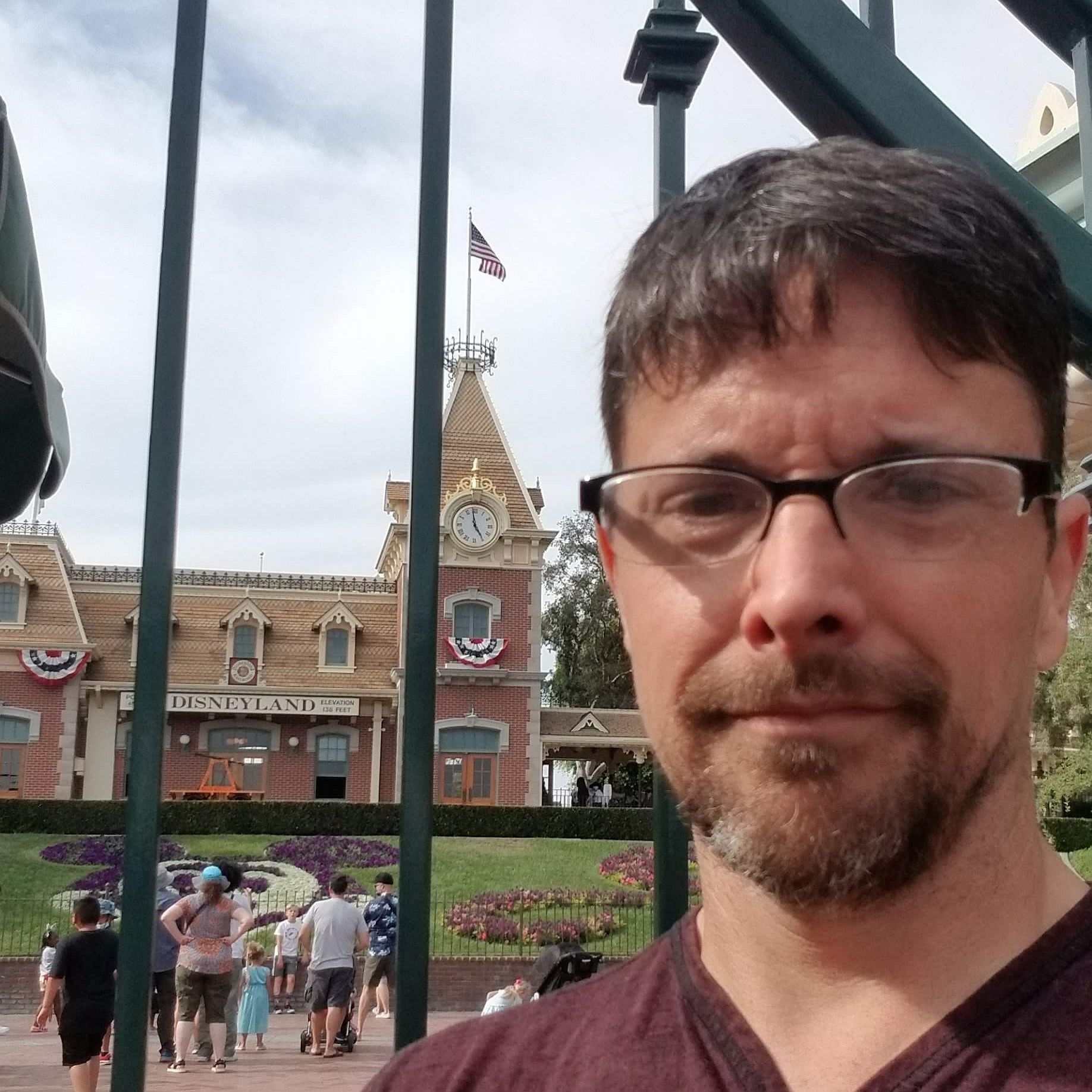
CinemaBlend’s resident theme park junkie and amateur Disney historian, Dirk began writing for CinemaBlend as a freelancer in 2015 before joining the site full-time in 2018. He has previously held positions as a Staff Writer and Games Editor, but has more recently transformed his true passion into his job as the head of the site's Theme Park section. He has previously done freelance work for various gaming and technology sites. Prior to starting his second career as a writer he worked for 12 years in sales for various companies within the consumer electronics industry. He has a degree in political science from the University of California, Davis. Is an armchair Imagineer, Epcot Stan, Future Club 33 Member.
